Art Investments
Six Tips on Art Investing in the Philippines for Beginners
In 2011, a work titled “Grayground” by Filipino artist Ronald Ventura fetched a then-record price of more than a million dollars at an auction in Hong Kong.
Investment in Philippine art became a very attractive proposition after this landmark sale. There has been an increase in the number of people purchasing artwork in the Philippines, not only because they appreciate its aesthetic value, but also in the hope that it will increase in value over time.
Paintings are so pervasive, lavish, valuable, and well-known that the vast majority of people all over the world are acquainted with them and have a healthy appreciation for them. Painting is held in very high regard by the Filipino people. Before making a decision to purchase an important piece of art, you should give careful consideration to the many benefits it will bring you.
A self-portrait painted by Vincent Van Gogh hangs on the wall as an example of an investment in art. It is common practice to consider works of art, such as paintings, to be tangible possessions.Perform adequate research before making any significant purchases. If you do not have a strong foundation of knowledge, investing in artworks can be an extremely risky endeavor for you.

11″ x 16″, 2020

14″ x 12″, 2021
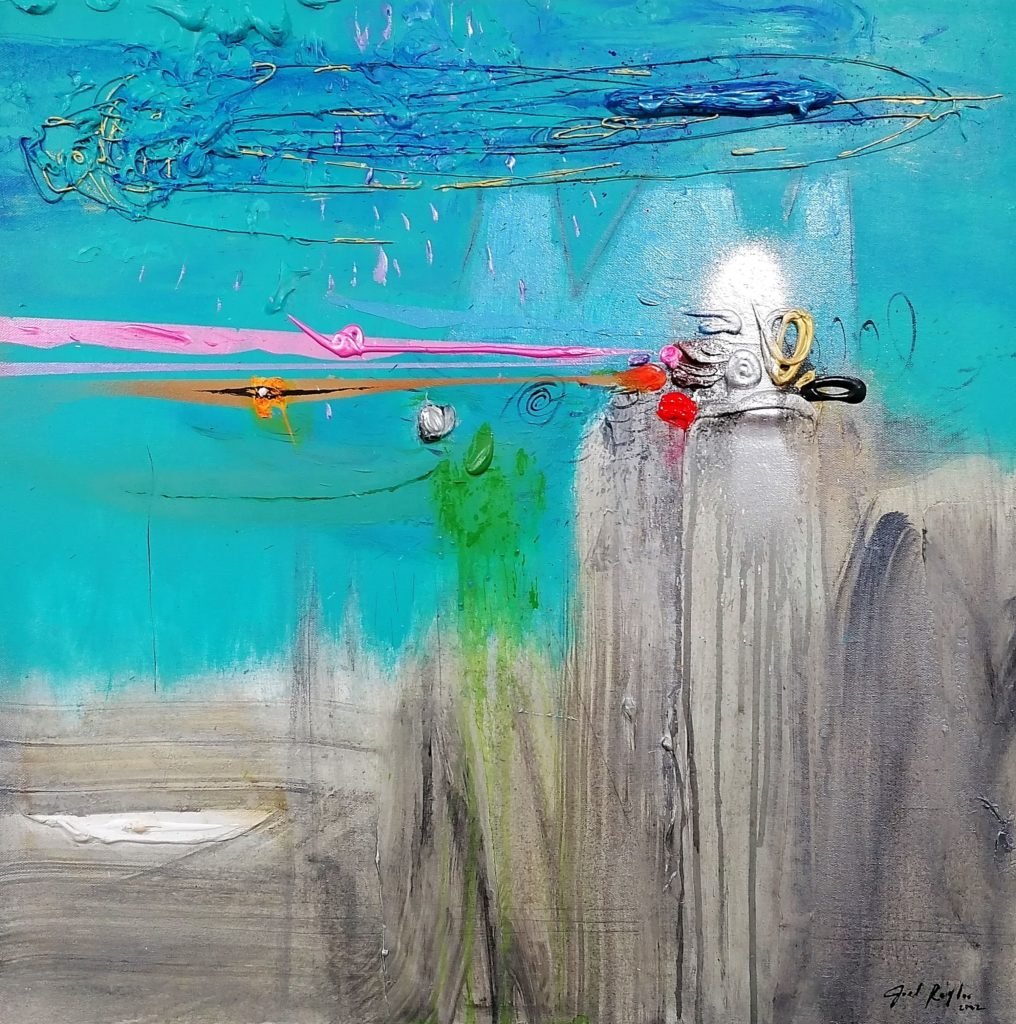
24″ x 24″, 2022
Paintings are considered by many to be a good investment, which is why many people first start collecting them. When purchasing a painting, investors frequently take into consideration both the subject matter and the execution of the work. After looking through the catalogs of some of the most reputable auction houses, it is not difficult to comprehend the allure of the art market. There are some priceless works of art that can bring in bids of multiple millions of dollars. The value of an artistic creation increases in direct proportion to both its scarcity and its demand. Before you begin investing in art, it is important to keep the following in mind:
1. Discover your personal preferences. The more educated you are on Art, the more valuable your collection will be. To better understand the evolution of art over time, I recommend visiting museums and galleries. Internet resources can be invaluable for self-exploration of aesthetic preferences and the discovery of new artists.
It’s not uncommon to change your mind about what you like, sometimes even before making your first purchase after doing some investigating. Unfortunately, this often happens after the initial purchase has been made. This may be because the buyer’s taste has evolved to appreciate more complex works, or because the buyer has discovered a preference for abstract or conceptual art, which can be more challenging to process.
2. Think about the artwork you are purchasing. Do you want it because you think it’s awesome, or because you love it? To what extent are you purchasing this item because of its potential investment value, as opposed to your genuine interest in it? In the art market, there are several distinct kinds of acquisitions.
It’s much simpler if you’re purchasing it out of genuine enthusiasm. Consider your financial situation and whether or not you believe the cost justifies your level of interest. Investing requires more thought because you want your purchase to hold its value over time. A first-time art collector would do well to familiarize themselves with the various factors that determine the value of a work of art, such as the fact that a canvas painting by the same artist would cost more than a similar work of paper art, or the difference in cost between a limited edition and a unique work.

36″ x 36″, 2019
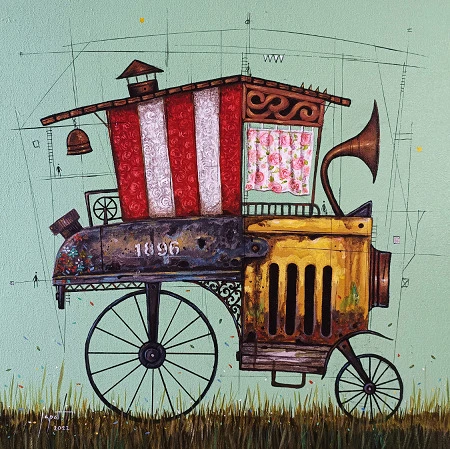
24″ x 24″, 2022
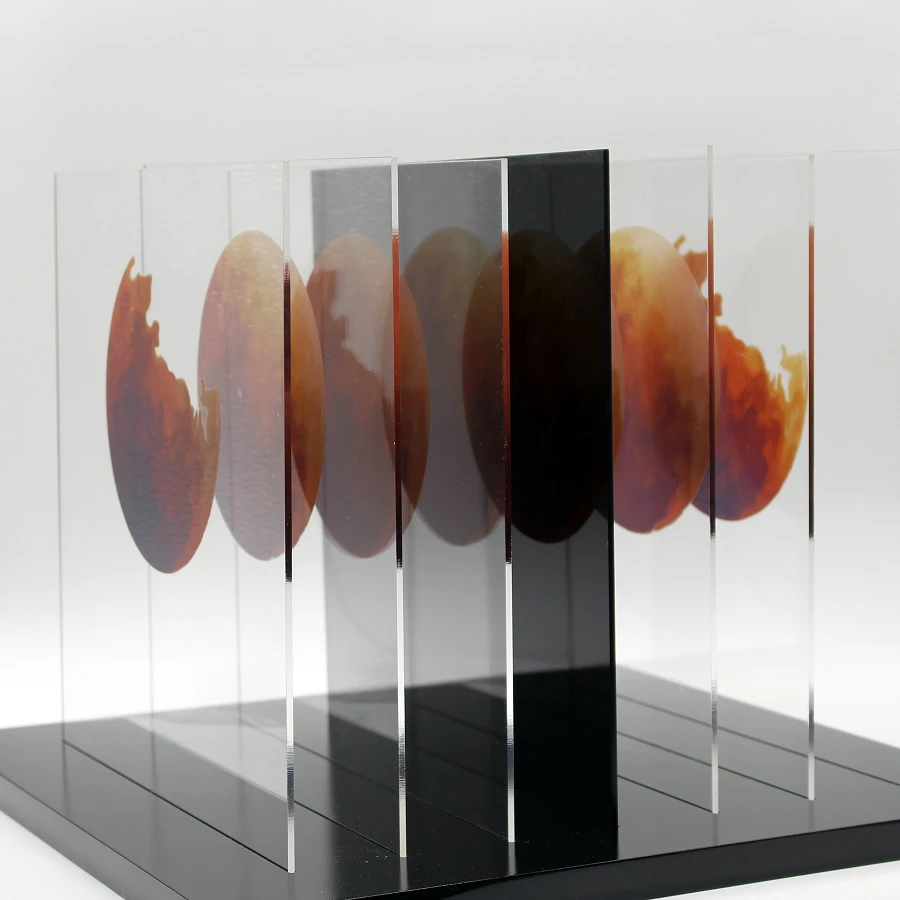
16″ x 13″ x 16″, 2022
3. Create a financial plan. You should give yourself a financial limit that is based in reality, but you should also be ready to spend a little bit more than you had originally planned. If you care deeply about the subject, you shouldn’t second-guess your own judgment. Grandma was always talking about how true love can last a lifetime. It is important to make preparations in advance and to anticipate additional costs, such as those associated with shipping, insurance, and handling fees. On the other hand, if it is something that you have been looking forward to and have been saving up for, but it is just a little bit out of your price range, you should try to make it work financially. You recognize that time is limited and are therefore looking for ways to motivate yourself.
4. Read up on the subject in order to educate yourself on it. You can better manage the intimidating environment of the art world by engaging in conversation with other people. I strongly encourage you to engage in conversation with other collectors, appraisers, consultants, or proprietors of art galleries (but be aware that gallerists are trying to sell you something). As you gain more experience in the art market, you will come to understand that the price that is being asked for is invariably the last one. Galleries will on occasion extend discounts to collectors as a means of showing appreciation to patrons who have been loyal to the establishment or of luring in new customers. As a result, you ought to conduct an exhaustive investigation into the matter.
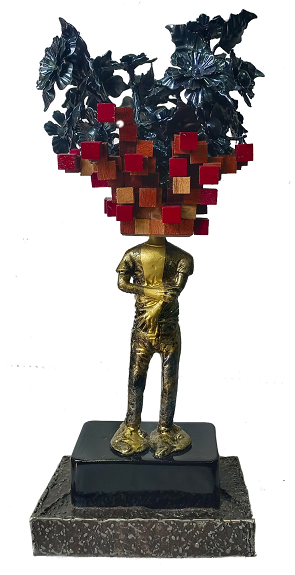
10″ x 6.5″ x 24″, 2022

31″ x 16″, 2021
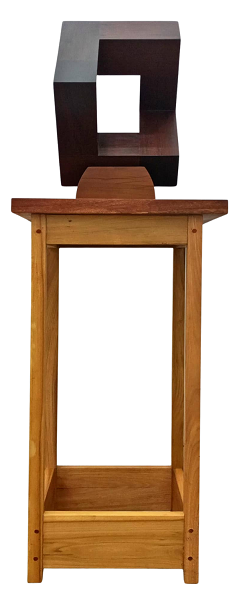
12″ x 18″ x 19″, 2022
5. Consider the importance of the level of detail. In order to determine whether or not this piece will fit in your house or apartment, you should take the necessary measurements. It happens to a lot of people I know, especially new collectors, that they fall in love with an item, buy it, and then realize it is too big to display over their fireplace after they’ve already bought it. Before you go out and buy a new piece of wall art for your home, you should first have a solid idea of how much space you have available on the wall to accommodate it.
6. Be mindful of your purchases. Keep all correspondence, invoices, and other documentation pertaining to the sale; this will allow for a clear and traceable trail from the creator to the buyer. If you ever want to sell an artwork or get it appraised, you’ll need to show this information to the appraiser.
Written by Cherry Fulgar
For more information, contact Imahica Art at +63 917 894 5646, or email thegallery@imahica.art

